How to Pair Port Wine with Dessert
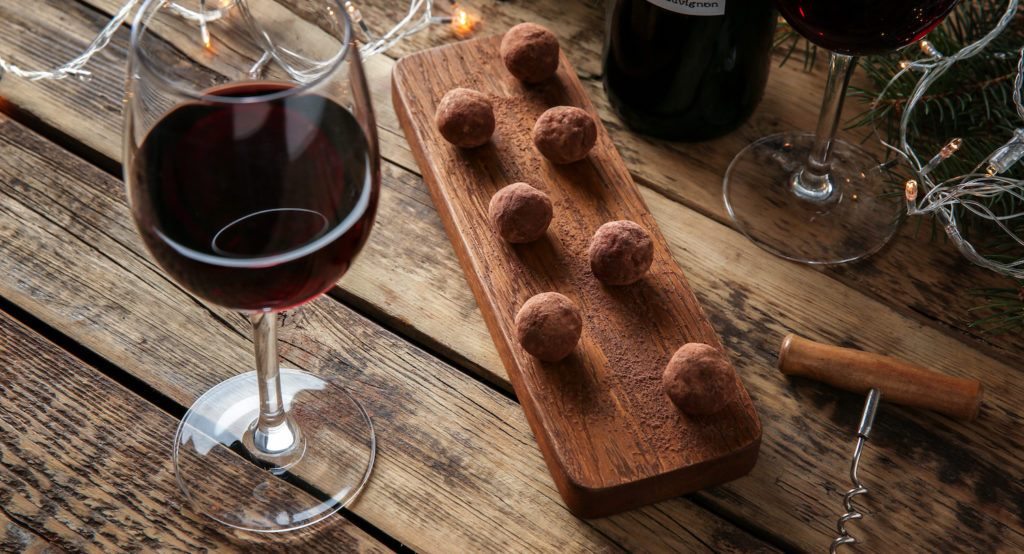
For a long time I thought port was too fancy for me. That was something people drank who had libraries and parlors in their homes. And big mahogany desks. And crystal snifter glasses. I have none of these things. So I thought port would have to wait.
You can even pair port in your desserts, like these port-poached pears stuffed with caramel and wrapped in puff pastry!
Turns out, none of those things are necessary for the consumption and enjoyment of port! Even better, you don’t need a big bank account to afford a good port either.
Drink port as a dessert by itself, or pair port and your favorite dessert to a perfect treat.
Looking for more dessert pairings? Try Single Malt Scotch and Dessert or Port and Bleu Cheese pairings.

What is Port?
Port is a fortified wine. It’s called Port because all of it, every last drop, comes from the protected domain of the Douro Valley in Portugal. (True Port can’t come from any other location in the world.) And the shipping city at the base of the Douro Valley is called…Porto.
The first record of port is 1678 which marks the start of its soaring popularity in Britain. England and France engaged in The Hundred Year’s War for much of the 17th and 18th centuries. Which meant Britain had to look elsewhere for wine. Enter: Portugal.
Shipping companies often added a little extra brandy to large shipments of Port so the wine wouldn’t go bad during the long sea voyage. This extra fortification not only raised the alcohol content, but also increased the sweetness.
Customers realized that adding more alcohol to things makes them yummier. Which is why we still have port today!
Types of Port:
There are three main types of port: Ruby, Tawny, Rosé, and White. They correspond to colors and aging processes. Ruby, Tawny and Rosé are all made from the same collection of purple grapes. While White ports are made from, well, white grapes. There are over 30 varieties of Port grapes so that accounts for the huge variation in Port styles and flavors!
Ruby
Ruby ports are the youngest and brightest of all varieties. They are aged comparatively little have have strong fruit character and dark red colors.
- Ruby – Generally affordable, deep red, very sweet and fruity, the youngest of all the ports.
- Reserve – Only the highest quality port vines are included in reserve bottles (think of it as “special ruby”)
- Late Bottled Vintage (“LBV”) Reserve – Still ruby port and meant to be consumed young. But it has been aged in a barrel for 4 to 6 years hence the “late bottle” note.
- Vintage – Ruby ports all from a single year, that are aged in large steel vats for two years before being bottled, but they continue to age in the bottle and can improve and increase in value the longer they are kept. Vintage ports can evolve for 50 years in the bottle, though 20 years is probably the most common. Only the best ports are chosen and they have to go through an official process to be designated “vintage”
- Crusted – a blend of different Vintage Ports, usually contains a sediment and needs to be decanted
- Single Quinta – Vintage ruby port that came from only one vineyard (think the “single malt scotch of ports”)
Tawny
Tawny ports are all aged at least a minimum of 2 years in oak wood casks. They lose their bright red colors and shift into more caramel and honey coloring. Every few years they are re-topped with brandy which adds to the color transformation and bright flavor.
- Colheita – made from grapes all harvested in the same vintage (meaning the same year), they tend to be aged at least 10 years at minimum
- Tawny 10-40 – Tawny ports aged for the marked number of years. These are blends of different vintages, so the age marking denotes the average age of port in the bottle. Much older vintages may be included.
White Port
White port is made from white grapes. Some are aged while others aren’t. But even the driest white ports will have a hint of sweetness and tend to be more technically considered “off-dry” in flavor.
Rosé Port
Rosé port is a newer style. Basically a rosé wine made from port grapes.
What does Port Taste Like?
Let’s leave off discussions of the really rare and specialty bottles like Vintage Ports. Those are too complex to discuss in a brief article. (And you shouldn’t be pairing them with dessert anyway! Just drink and enjoy!)
Most ports you’ll consider pairing will be in the Ruby to Tawny category. And those flavors accordingly stretch from deep red fruits like raspberries through caramel and nuts and all the way to chocolate!
Typical Ruby Flavors:
- Red Fruits: Blackberries, Raspberries, Cherries, Plums,
- Spices: Cinnamon, Clove, Chocolate
Typical Tawny Flavors:
A little more complex. The younger the tawny, the more likely it will taste like red fruit and spices. The older the tawny, the more dried fruit, nuts, and wood sweetness you’ll notice.
- Fruits: Raspberry, Figs, Dried Apricots, Dried Raisins
- Spices: Cinnamon, Clove, White Pepper
- Nuts: Almonds, Hazelnuts, Walnuts
- Wood Spice: Oak, Honey, Caramel, Toffee, Vanilla, Graham Cracker, Butterscotch
Typical Rosé Flavors:
- Pink Fruits: Cranberries, Strawberries, Raspberries, Rainier Cherries, Watermelon
- Sweetness: Caramel, Honey
- Floral: Honeysuckle, Jasmine, Wild Flowers, Tropical Fruit Bouquets
Typical White Flavors:
- Fruit: Citrus, Apples, Apricot
- Nuts: Hazelnut, Shaved Almonds
- Sweetness: Caramel, Honey
General Port Pairing Tips:
- Older ports – pair better with lighter fruits and creamier desserts
- Younger ports – pair better with red fruits and chocolate
What Desserts Pair with Port Wines?
Glad you asked, that’s why this article is here. Port is a dessert wine. And some of its varieties are so complex and nuanced that they count as a dessert by themselves. (Think the Tawny 30-40 bracket.) In other cases, some ports are so sweet you’ll satisfy your sweet tooth with just a glass.
But maybe you want to impress your guests or really go all out for a Thanksgiving feast. If you are anxious to pair a port with something delicious look below!
Ruby Port w/ Cherry Pie
Ruby ports are full of bright red fruits like cherries, raspberries, and plums. These full, rich fruity flavors pair excellently with the fruit itself!
Port to Choose: Niepoort Ruby
I originally bought this because it was the only ruby port in the shop. But Alex at my wine shop assured me “it’s good.” So I went for it. And he was right!
The nose is quite different from the final taste. At first whiff, you’ll get notes of brown sugar, maple syrup, raisins, and intense sweetness. But a sip gives you a glass full of rich dark fruit: plums, blackberries, raspberries, and black currants. With just enough tang to counteract the sweet brown sugar notes!
I definitely overpoured and we went from tipsy to roaring-drunk to asleep-on-the-couch all in the span of about 10 minutes. You don’t need much!
Reserve w/ Dark Chocolate Truffles
Reserve ruby ports are very similar to ruby ports in general, just a little better in quality. But they still have strong fruity and spicy flavors. Which makes them perfect for pairing with chocolate! Chocolate can be difficult to pair, but we all know it goes with red fruits like raspberries, strawberries, and cherries. Chocolate-covered-strawberries, anyone? Since reserves are a little more upscale, pair them with a very simple dark chocolate truffle. You’ll end up highlighting the best of both! The fruit and spices will blend perfectly.
LBV Reserve w/ Dark Chocolate Cake and Raspberry Sauce
Late bottle reserves are also ruby ports, and very similar to a traditional ruby as well. The extra aging allows some of the more caramel or dried fruit flavors to emerge. This makes them excellent for pairing with slightly more complex desserts like chocolate cake. Caramel notes will blend seamlessly with sweet cakes and will help add a level of creaminess. Add a raspberry sauce to it as well to bring out the fruity flavor.
Rosé Port w/ Strawberry Rhubarb Tart
Rosé ports are lighter than ruby ports but still strong in fruit flavors. Pair them with a lighter fruit dessert. Strawberries will match well since rosé ports often have a strawberry note as well. It’s the perfect highlight. I personally like adding rhubarb since its sour twang will help cut down on some of the overly sweet ports.
Tawny 10 w/ Classic Apple Pie and Caramel Sauce
A 10 year tawny will have the most noticeable fruit characteristics, so it’s the best option to pair with apples or pears. The faint nutty flavor and just emerging caramel will be nicely complemented by an apple pie and warm smooth caramel. Really a classic pairing.
Port to Choose: Quinta do Infantado Tawny Port 10 Year
Again, the nose is much sweeter than the taste. You’ll get notes of caramel, toffee, coffee grounds, and some orange peel. But the glass itself is more focused on apple and toffee with vague hints of oak and soaked raisins.
Tawny 20 w/ Pecan Pie and Creamy Bourbon Sauce
Getting into the 20 year old tawny ports you’ll start to notice far more nut and caramel flavors. Vanilla, toffee, and fig notes are just barely coming into focus. This is the perfect time to pair with a nut-heavy dessert. Pecan pies tend to be very sweet, so the more aged tawnies are a better bet. Some of their sweetness will be sharpened by wood so the combination won’t be as overwhelming.
White Port w/ Banana Creme Brûlée
White ports will lean more towards the flavors of a riesling or gewurztraminer, though without less of a crisp note. You’ll still get hints of nuts and caramel. And just that bit of creaminess is enough to make it pair excellently with a creme brulee. I like to add some bananas as well to encourage the tropical hints in white port to come forward.


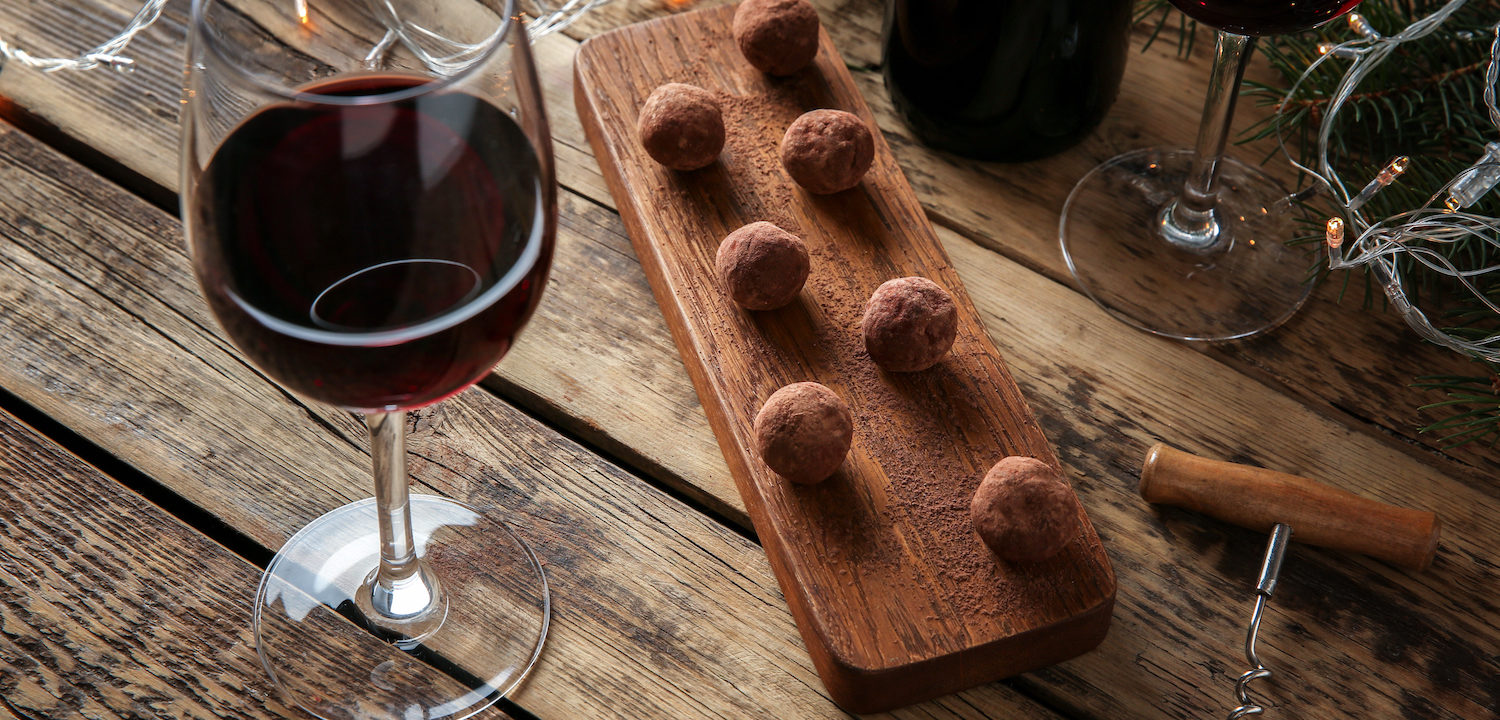

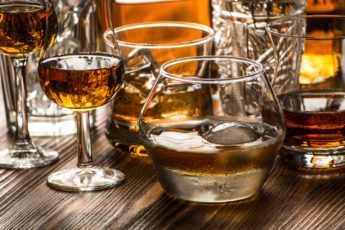
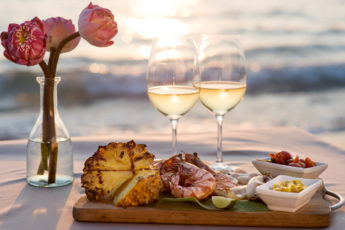





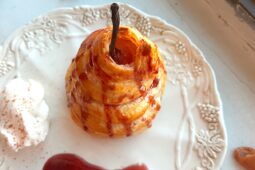
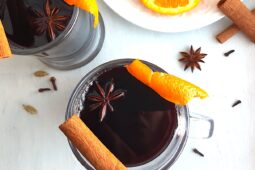
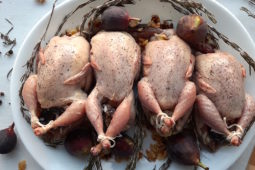
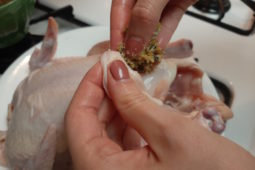

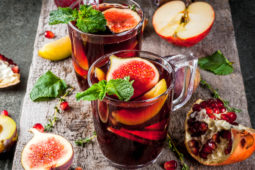
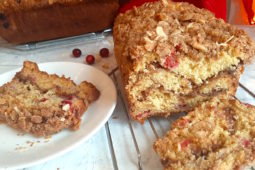
Leave a Comment